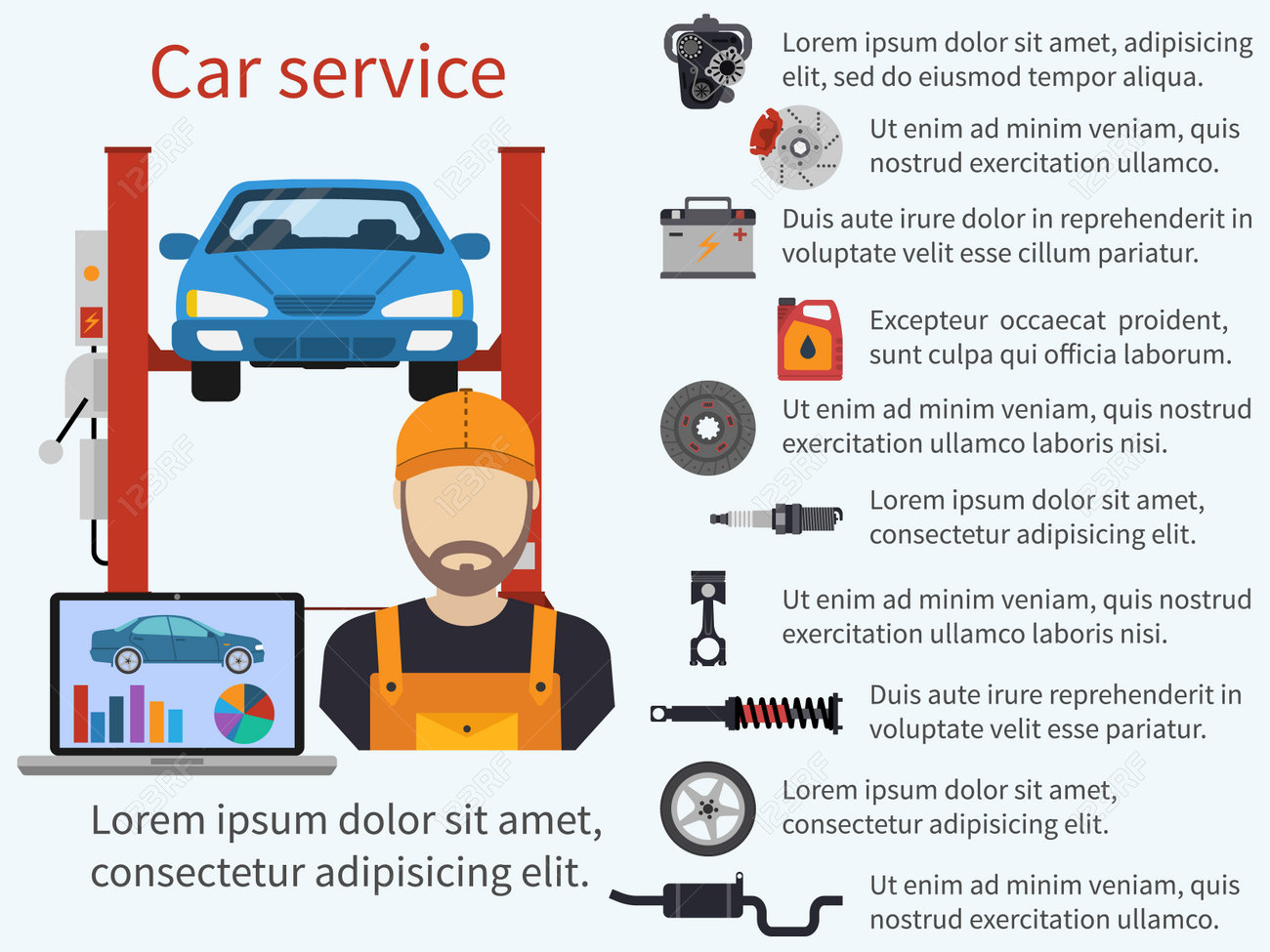Deciphering Real Meaning Behind Your Car'S Caution Lights
Deciphering Real Meaning Behind Your Car'S Caution Lights
Blog Article
Material Writer-Hernandez Dreier
When you lag the wheel, those glowing caution lights on your dashboard can be a bit bewildering. Do you understand what they're attempting to tell you concerning your vehicle's health and wellness? Comprehending mechanic tools of these lights is vital for your safety and the durability of your vehicle. So, the next time among those lights appears, wouldn't you want to analyze its message precisely and take the necessary steps to address it?
Common Caution Lighting and Interpretations
Recognize common caution lights in your auto and comprehend their significances to ensure risk-free driving.
One of the most typical warning lights include the check engine light, which indicates problems with the engine or discharges system. If this light begins, it's essential to have your lorry examined immediately.
The oil stress advising light shows reduced oil pressure, requiring instant interest to prevent engine damage.
A flashing battery light could suggest a faulty charging system, potentially leaving you stranded if not dealt with.
The tire stress tracking system (TPMS) light notifies you to low tire pressure, impacting automobile security and fuel efficiency. Ignoring this might cause unsafe driving problems.
The abdominal light suggests a problem with the anti-lock braking system, jeopardizing your capacity to stop promptly in emergency situations.
Last but not least, the coolant temperature warning light warns of engine overheating, which can cause severe damage otherwise fixed quickly.
Comprehending japanese auto repair will certainly help you resolve issues without delay and maintain secure driving conditions.
Importance of Prompt Focus
Understanding the usual warning lights in your cars and truck is just the primary step; the significance of immediately dealing with these warnings can not be highlighted enough to ensure your security when driving.
When a caution light brightens on your control panel, it's your car's way of connecting a possible concern that needs attention. Ignoring these cautions can lead to more severe troubles later on, endangering your security and possibly costing you a lot more in repairs.
Prompt attention to cautioning lights can protect against failures and accidents. For example, a blinking check engine light might show a misfire that, if left unattended, might create damage to the catalytic converter. Addressing this promptly can save you from an expensive repair.
In a similar way, a brake system alerting light might indicate reduced brake liquid or used brake pads, important elements for your safety and security when driving.
Do It Yourself Troubleshooting Tips
If you discover a warning light on your dashboard, there are a few DIY fixing ideas you can try prior to looking for professional assistance.
The first step is to consult your car's guidebook to understand what the specific warning light suggests. Often simply click the up coming site can be as easy as a loosened gas cap causing the check engine light. Tightening the gas cap might resolve the trouble.
An additional typical issue is a reduced battery, which can cause numerous cautioning lights. Inspecting the battery connections for corrosion and guaranteeing they're protected could fix the problem.
If https://www.shawlocal.com/the-herald-news/features/2022/05/30/high-rent-forces-75-year-old-will-county-auto-repair-shop-to-shut-down-for-good/ lingers, you can try resetting it by detaching the cars and truck's battery for a few mins and after that reconnecting it. Furthermore, examining your automobile's fluid levels, such as oil, coolant, and brake fluid, can assist troubleshoot advising lights related to these systems.
Conclusion
Finally, understanding your cars and truck's caution lights is vital for maintaining your car running smoothly and safely. By promptly dealing with these alerts and understanding what they imply, you can avoid pricey fixings and potential breakdowns.
Remember to consult your cars and truck's guidebook for particular information on each alerting light and take action appropriately to ensure a hassle-free driving experience.
Stay educated, stay secure when driving!
